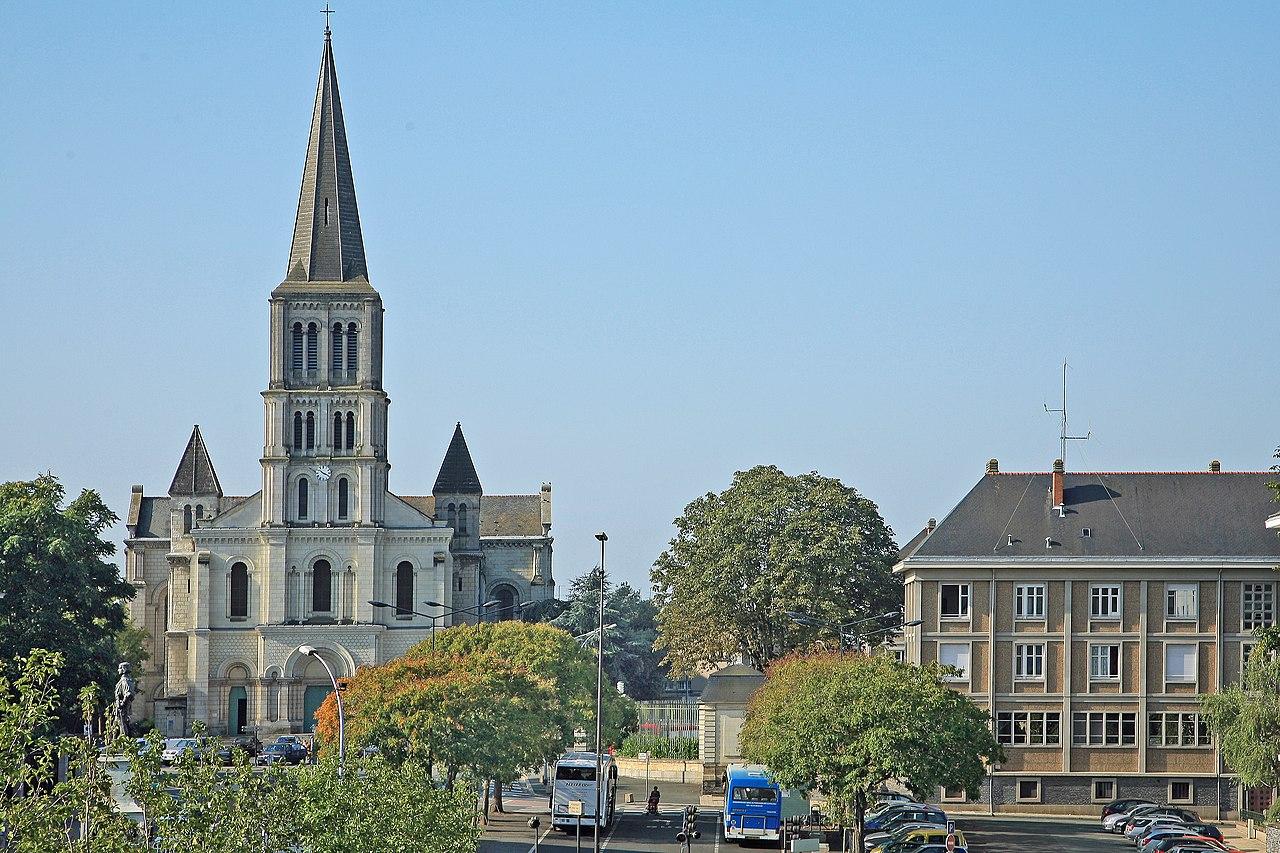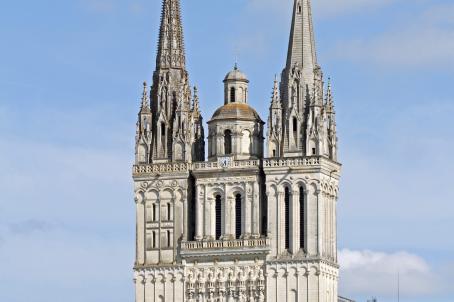Saint-Laud Collegiate Church
The chapel of the collegiate church was rebuilt by Henry II Plantagenet in the middle of the 11th century on the site of a tower of the Gallo-Roman enclosure. The collegiate church of Saint-Laud in the castle disappeared in 1232, but there is still a church of Saint-Laud which is its heir. In 1869, it was demolished and replaced by the present building, which was consecrated in 1876.






